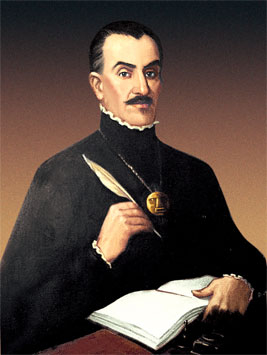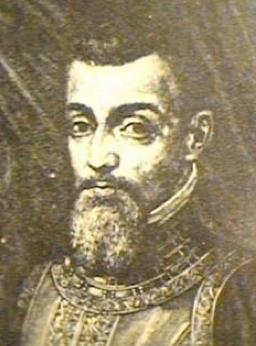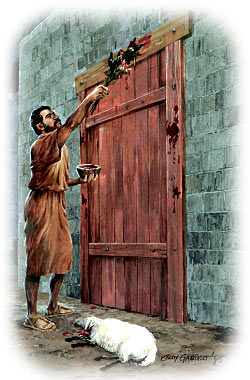“...the plates of brass...did contain the five books of Moses...." (1 Nephi 5:10-11) 600-592 BC
"And we did observe to keep the judgments, and the statutes, and the commandments of the Lord in all things, according to the law of Moses." (2 Nephi 5-10) 558-570 BC
----------------------
"...sacrifice goes right back to the days of Adam. Animal sacrifices were to be without blemish, for it was in the similitude of the sacrifice of Jesus Christ, and pointed to his coming." (Doctrines of Salvation, comp. Bruce R. McConkie, 3 vols. [1954–56], 1:22)
----------------------
The ancient Peruvians practiced a form of the “Passover” they called Inti Raymi. Describing rituals of this festival, Betanzos reported that the Incas took the blood of llamas and spread it over the doorways of their houses. (Juan de Betanzos, Suma y Narración de Los Incas (“Suma”) (1551) San Marti y Ca. Lima, 1924, p. 247) Note: Exodus 12:7
----------------------
 << Garcilaso de la Vegam
<< Garcilaso de la Vegam
Garcilaso de la Vega said the Incas would make bread with blood. And "each family assembled at the house of the eldest brother to celebrate the feast..." the night before the festival and “wash” themselves with this bloody bread then put it on the doorway of the house as a sign the house and all within were “clean.” (Garcilaso, Commentaries of the Yncas Book 7, p. 229) Note: Exodus 12:12-13
----------------------
<< "Your lamb shall be without blemish, a male of the first year: ye shall take it out from the sheep, or from the goats.... And they shall take of the blood, and strike it on the two side posts and on the upper door post of the houses..." (Exodus 12:5-7)
----------------------
 << Pedro de Cieza León
<< Pedro de Cieza León
Pedro de Cieza León affirms that the Incas:
“rubbed these places [their doorways] with the blood of young llamas.” “The llama was up to one year old without blemish”. (Cieza, Crónicas del Perú, pg. 164) Note: Exodus 12:5
----------------------
It is apparent the ancient Peruvians associated these symbols and rituals with “atonement,” or being forgiven by Viracocha. “Confessing, the Inca washed away his sins in a running river saying ‘I have told my sins to the sun you river now receive them. Take them to the sea.’” (Acosta, Historia, pg. 418)
Acosta quoted Molina as stating the “confessors bathed in order to clean themselves of their sins while confessing them.” (Acosta, Historia, pg. 411)
Seeking forgiveness through blood sacrifice also was a prevalent practice among the ancient Peruvians. Cieza related that they “offered sacrifices of the blood of young llamas.” (Pedro de Cieza León, Crónicas del Perú, pg. 188)
----------------------
The Muhhekaneew Indians were located in Massachusetts.
"Some, [Muhhekaneew Indians], customs seem also well authenticated among some Indians that appear to be remains of the Jewish religion, as roasting a fawn, and eating it with blankets girded around them, and carefully not breaking a bone of it through religious devotion; which seems clearly to be the Hebrew Passover, though they cannot explain it, but say "their forefathers did it, and all good Indians ought to do so."" (Charles Crawford Esq., An Essay on...the Indians in America are descended from the Ten Tribes, 1801 p. 20)
